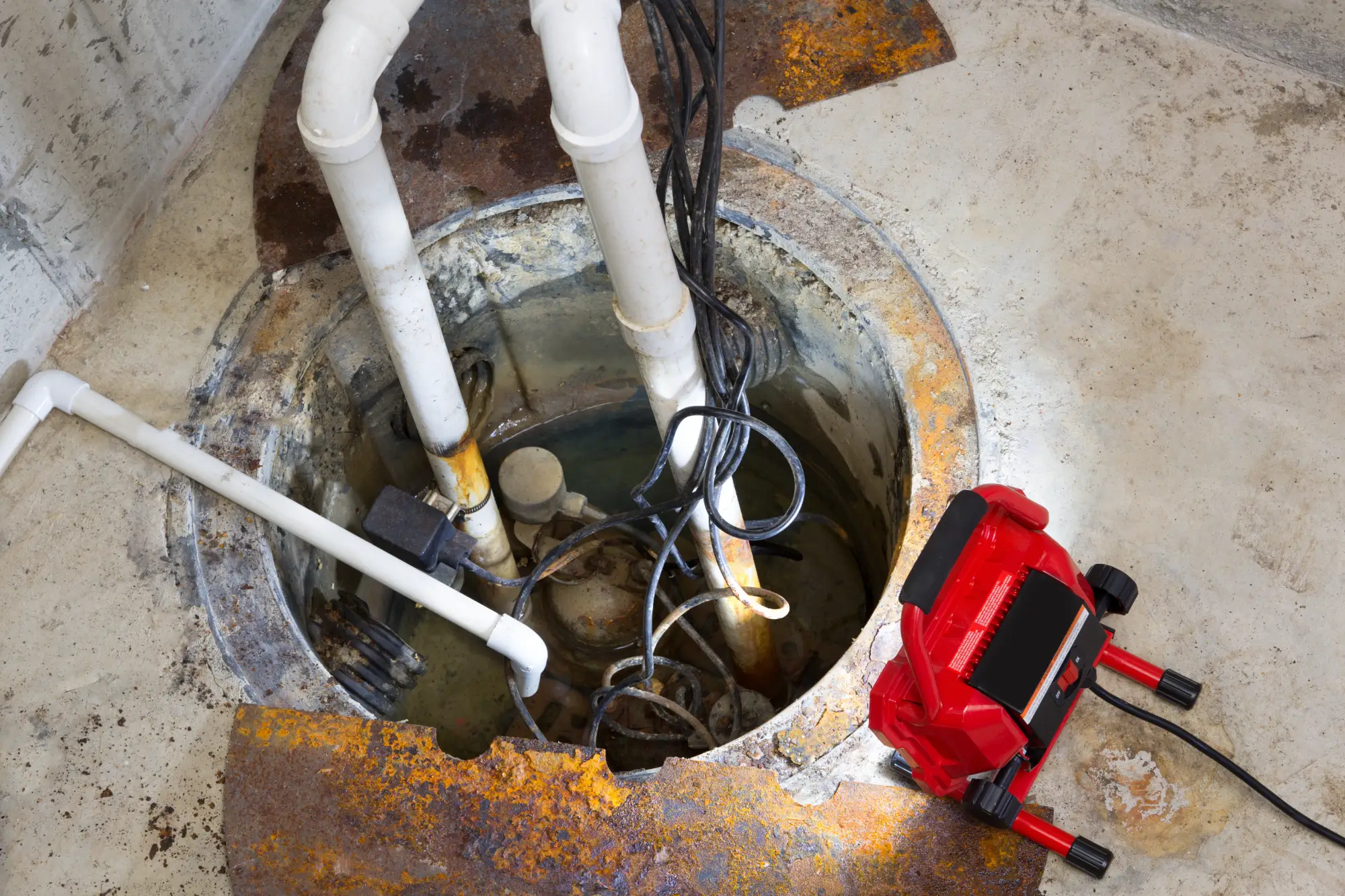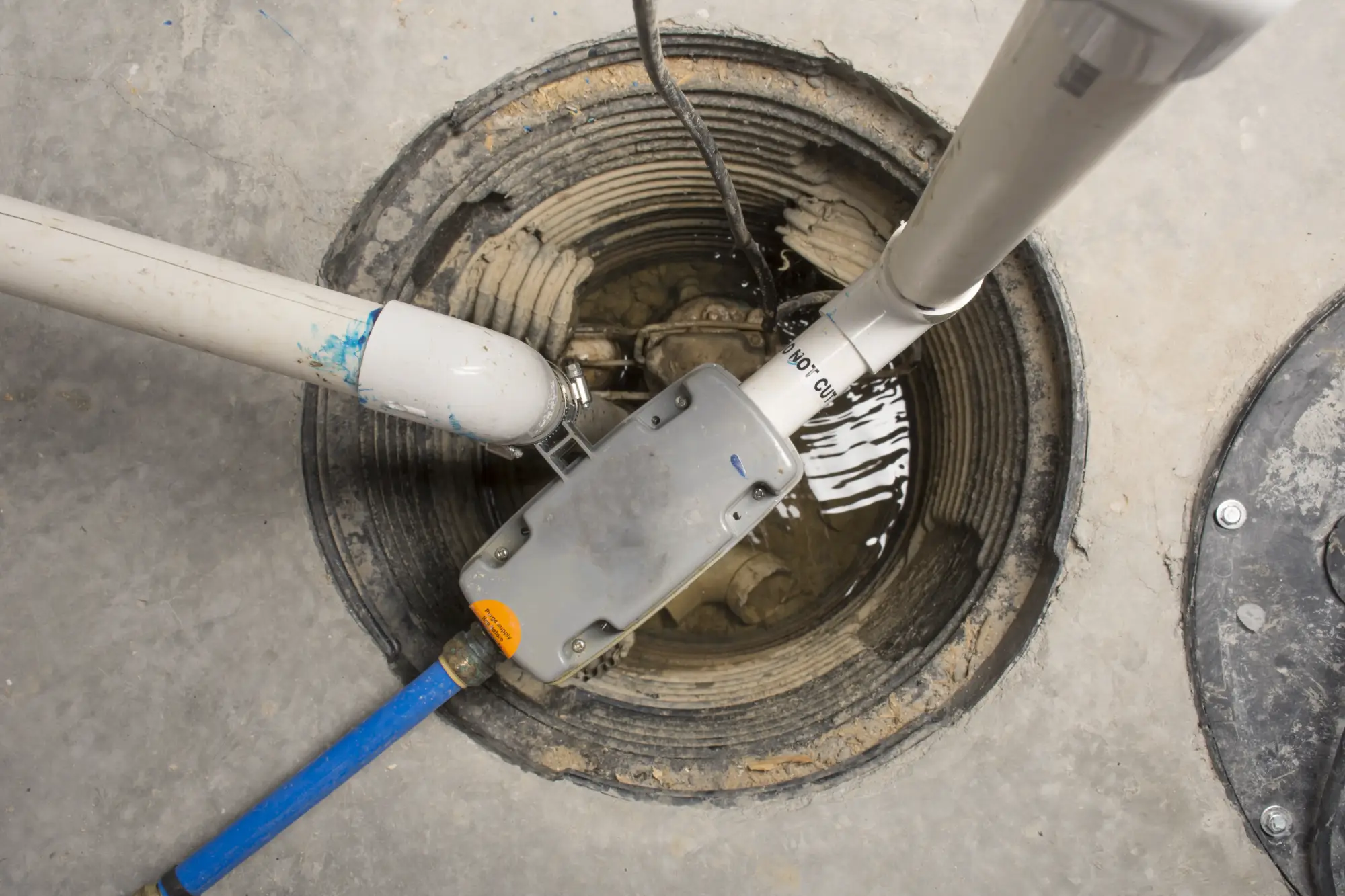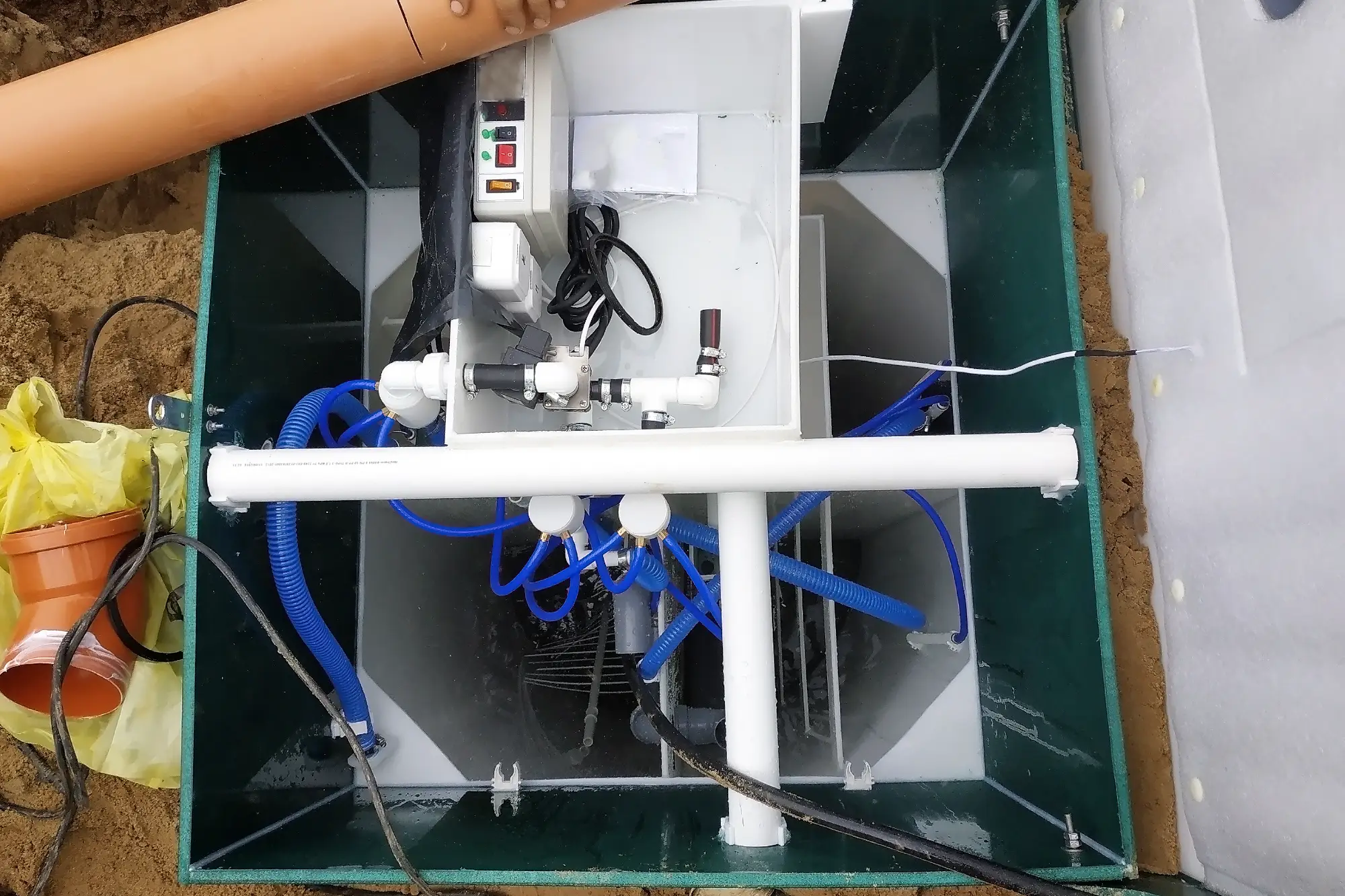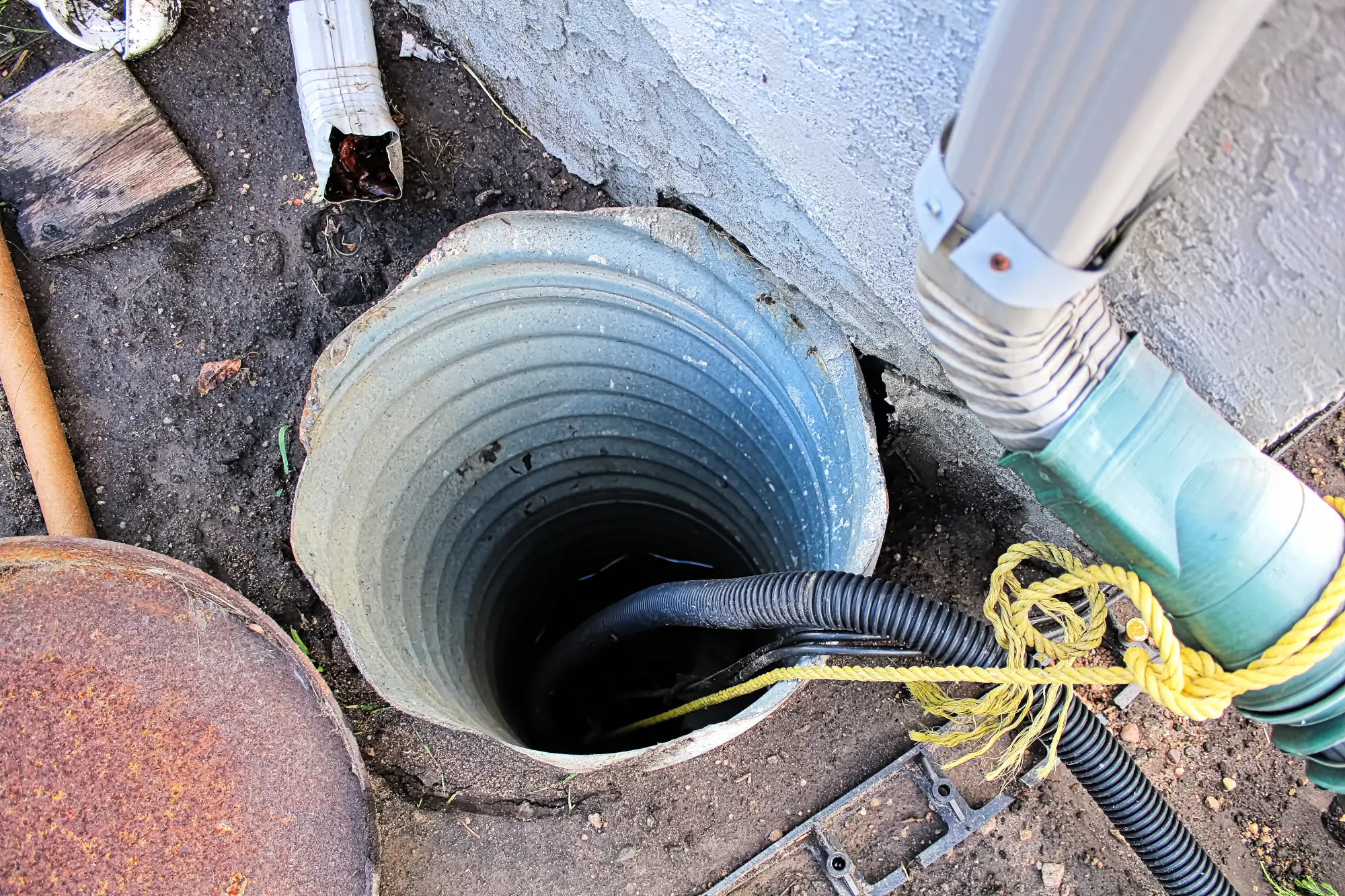Sump Pump Installation in Port Jefferson, NY
Stop Basement Flooding Before It Starts
Professional sump pump installation that keeps your basement dry, your belongings safe, and your stress levels low.

Hear About Us

Basement Protection Port Jefferson
You sleep better during storms. Your basement stays dry, your stored items remain undamaged, and that musty smell disappears for good.
No more rushing downstairs during heavy rain to check for water. No more moving boxes to higher shelves or worrying about your finished basement getting ruined. A properly installed basement sump pump system runs automatically, pumping water out before it becomes a problem.
Your home’s value stays protected. Insurance claims become unnecessary. The constant worry about the next big storm finally ends because you have reliable basement protection working around the clock.
Sump Pump Installation Company
We’ve been protecting Long Island basements for years at Diamond Masonry & Waterproofing LLC. We know how Port Jefferson’s soil conditions, seasonal weather patterns, and older home foundations create unique drainage challenges.
We’re not the cheapest option, and that’s intentional. You’re investing in professional installation, quality equipment, and local expertise that prevents callbacks and failures. Our sump pump installers handle everything from initial assessment to final testing, ensuring your system works when you need it most.

Sump Pump Installation Process
First, we assess your basement’s layout, existing drainage, and specific water entry points. Every basement is different, so we design a custom sump pump solution that addresses your particular situation.
Next, we excavate the sump pit at the lowest point of your basement floor, install the pump and discharge piping, and connect everything to your existing drainage system. We test the entire system multiple times to ensure proper operation and water flow.
Finally, we walk you through the system operation, maintenance requirements, and what to expect during different weather conditions. You get a complete understanding of how your new basement sump pump installation protects your home.

Ready to get started?
Explore More Services
About Diamond Masonry & Waterproofing
Get a Free Consultation
High-Quality Sump Pumps Port Jefferson
Your sump pump installation includes professional-grade equipment designed for Long Island’s specific conditions. We use reliable pumps with adequate capacity for your basement size and typical water volume.
You get proper discharge piping that directs water away from your foundation, not back toward it. Many Port Jefferson homes have drainage issues because previous installations didn’t account for proper water routing. We fix that problem from the start.
Battery backup systems are available for homes that lose power during storms. Your basement sump pump system keeps working even when the electricity goes out, providing continuous protection when you need it most.

How long does sump pump installation take in Port Jefferson?
What size sump pump do I need for my basement?
Do I need a battery backup for my sump pump system?
How much does professional sump pump installation cost?
Can you replace my existing sump pump system?
What maintenance does my sump pump installation require?
Local Resources
- Google Map Link
- Find the Port Jefferson, NY USPS
- Locate Nearby Port Jefferson, NY Pharmacies
- View the Current Weather in Port Jefferson, NY
- Port Jefferson, NY is located in Suffolk county in New York State